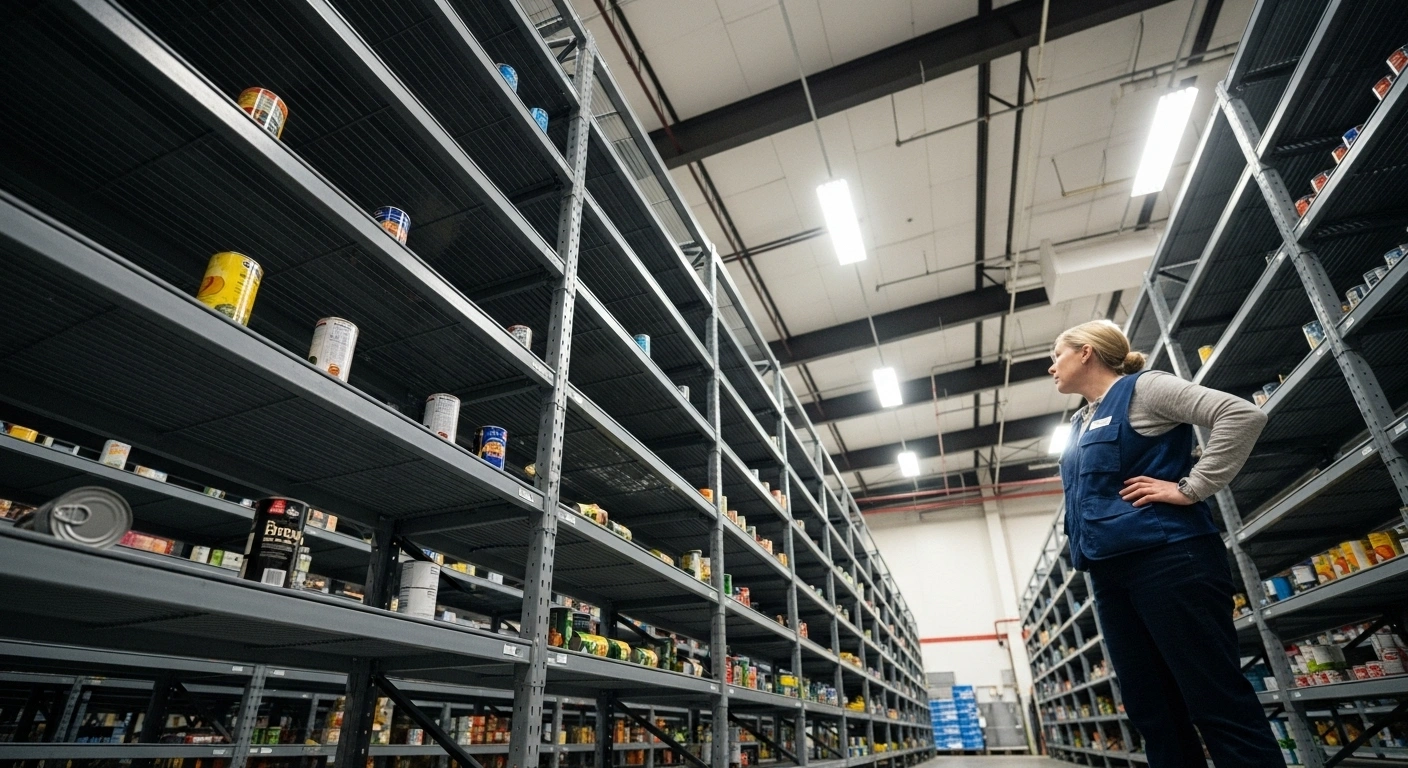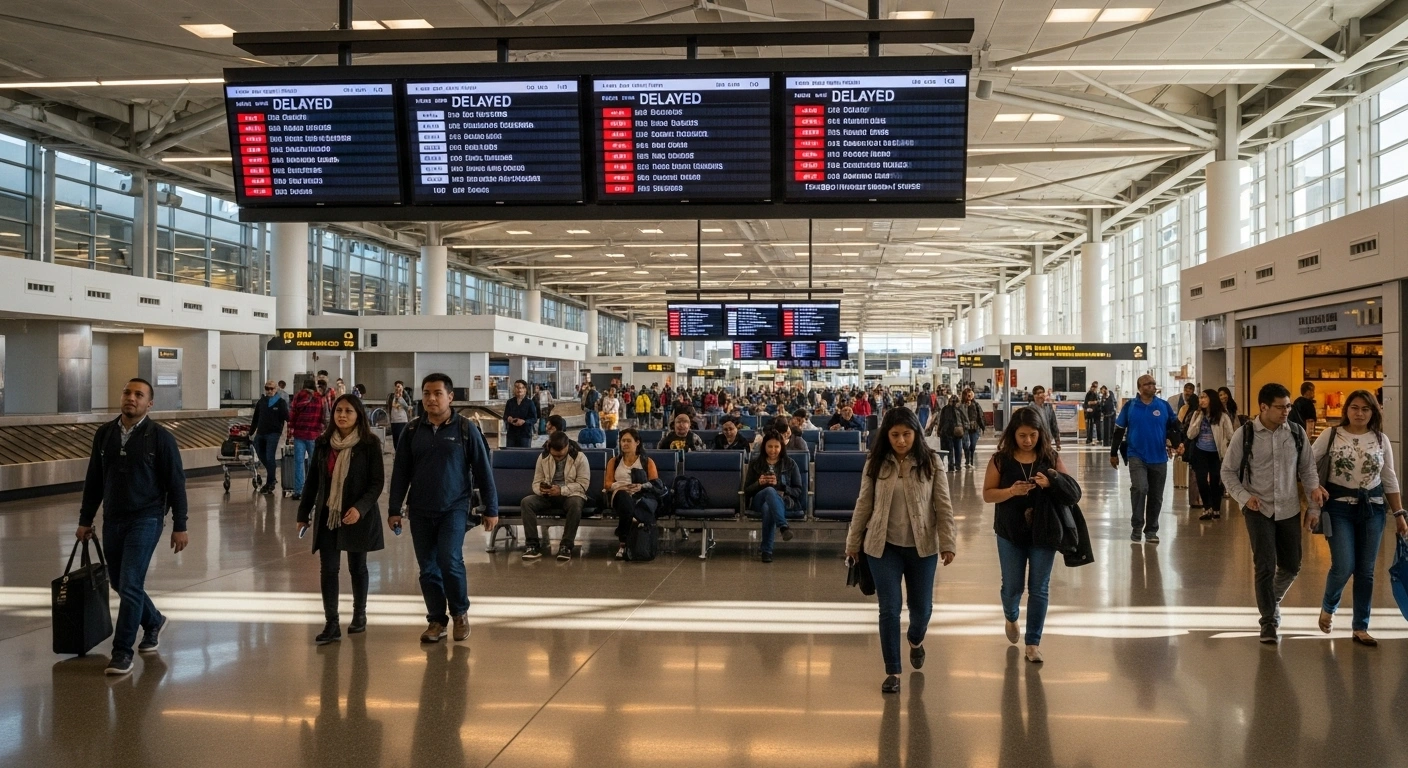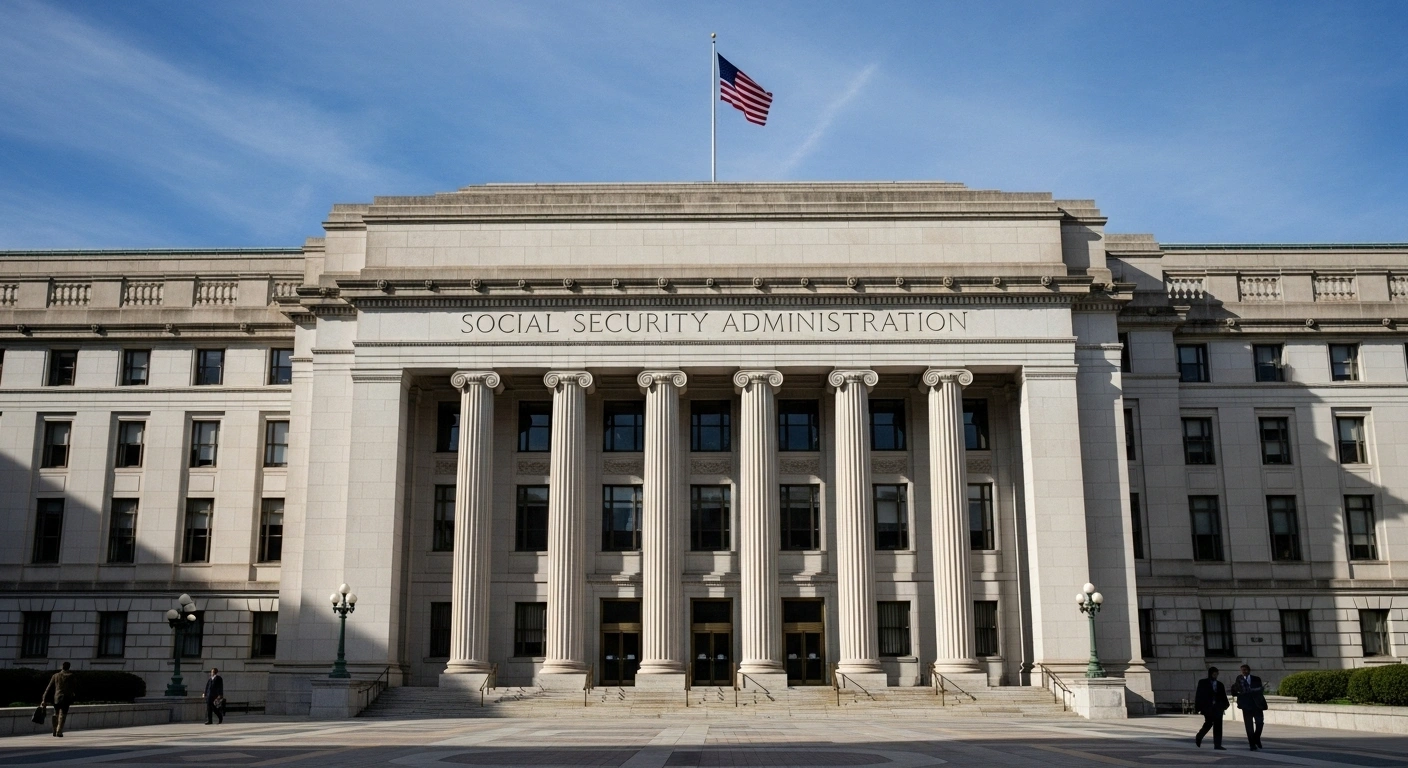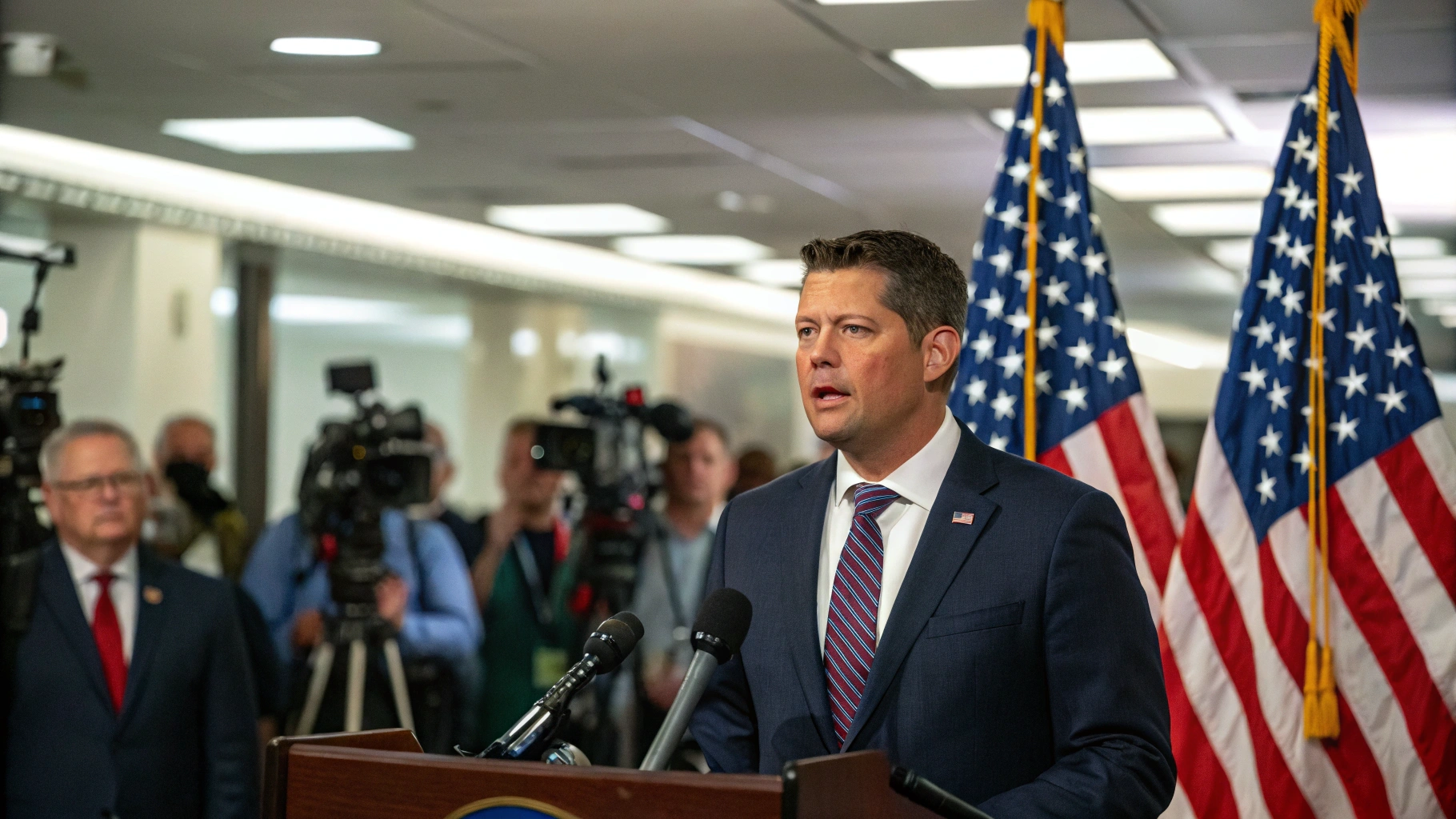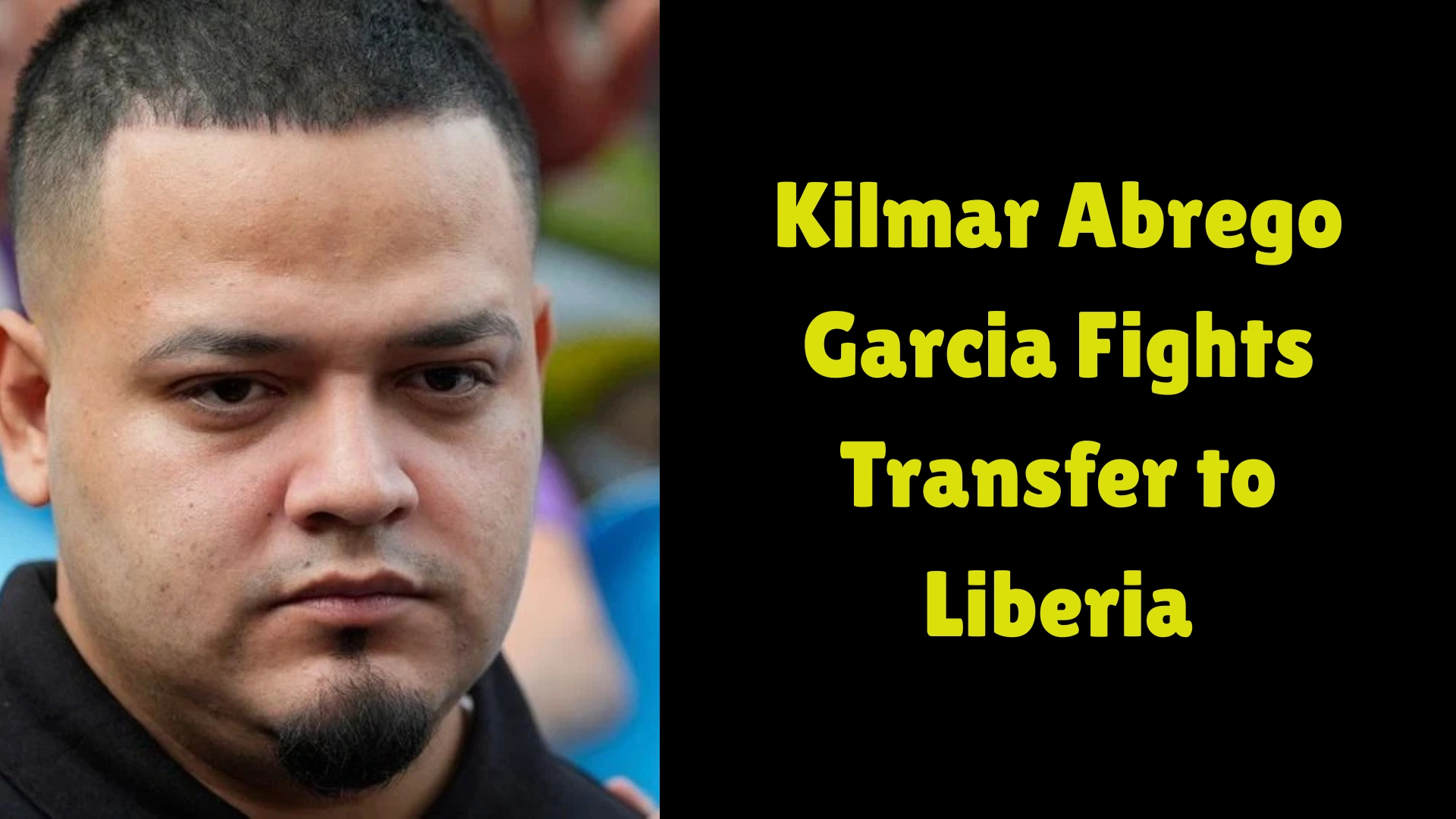SNAP Benefits Crisis : 42 Million Americans Face November Assistance Cutoff

In an unprecedented move that could jeopardize the grocery budgets of millions, the U.S. Department of Agriculture has confirmed that SNAP benefits will not be issued on November 1 due to the ongoing government shutdown. A stark message on the USDA’s website bluntly states, “Bottom line, the well has run dry” . This potential lapse threatens food assistance for approximately 42 million low-income Americans, representing one in every eight people in the country, and marks the first time in modern history that SNAP food aid has been disrupted during a government shutdown .
A Legal Standoff Over a $5 Billion Lifeline

The crisis centers on a $5 billion contingency fund that has become the subject of a fierce political and legal battle . Democratic lawmakers and advocacy groups have urgently called on the Trump administration to use this reserve to continue SNAP benefits, arguing that Congress created these multi-year funds for precisely this kind of circumstance .
However, the administration is refusing to tap the fund. In a recent memo, the USDA stated that the money is “not legally available to cover regular benefits” and is legally reserved for “true emergencies,” such as natural disasters . The administration has cited Tropical Storm Melissa, which could intensify into a major hurricane, as an example of why these funds must be preserved for disaster response .
House Speaker Mike Johnson has backed the administration’s position. After reviewing a legal analysis, he stated, “I got a summary of the whole legal analysis, and it certainly looks legitimate to me” . He argued that the contingency fund is a “finite source of funds” and that using it for regular SNAP benefits would immediately pull money away from other critical nutrition programs like school meals and infant formula (WIC) .
This stance represents a reversal from the USDA’s original shutdown contingency plan, issued in September, which indicated that SNAP’s operations should continue during a funding lapse because of the existence of these multi-year contingency funds .
The Political Battle Escalates
The blame for the benefits lapse is being sharply assigned by both sides. The USDA has publicly pointed the finger at Senate Democrats, with a prominent website message accusing them of having “now voted 12 times to not fund the food stamp program” . The administration asserts that November SNAP benefits would be paid on time “if not for Congressional Democrats blocking government funding” .
Democrats have fired back with equal force. House Democratic leader Hakeem Jeffries has accused Republicans of “trying to weaponize hunger” and called the decision a “disgusting dereliction of duty” . In a joint statement, Congresswomen Rosa DeLauro and Angie Craig called it “perhaps the most cruel and unlawful offence the Trump administration has perpetrated yet” .
The core of the shutdown impasse remains a fight over healthcare policy. Senate Democrats are demanding a commitment to extend Affordable Care Act subsidies, warning that premiums will otherwise sharply increase for millions. Republicans, in turn, have accused Democrats of holding the government hostage to fund health care for undocumented immigrants, which is already prohibited by federal law .
The Human Toll: Families and Economies Brace for Impact
With the November 1 deadline imminent, the potential fallout is coming into focus.
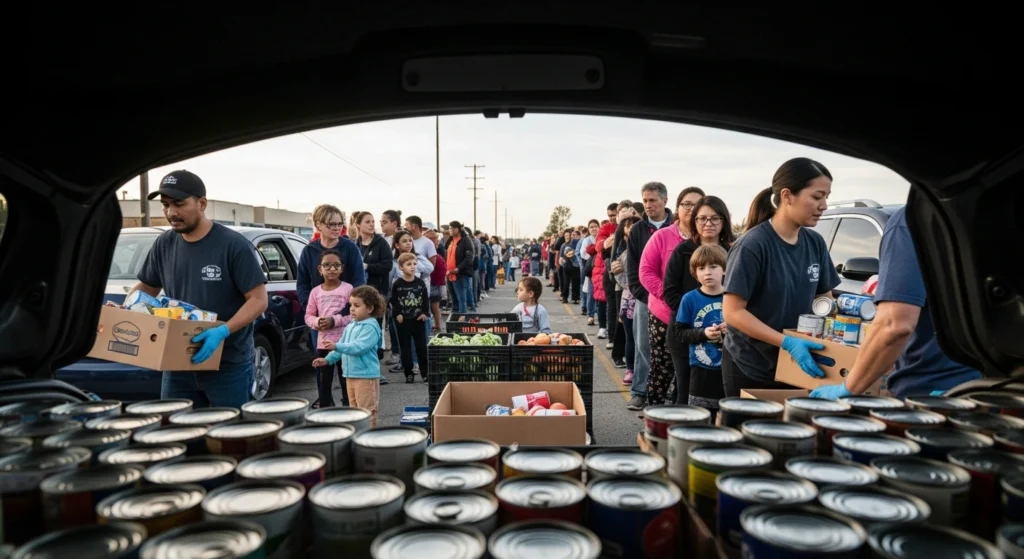
- State-Level Scrambling: Some states, including Louisiana, Vermont, and Virginia, have pledged to use their own funds to continue food aid for their residents. However, the federal government has warned that it will not reimburse states for these costs . Other states, like Massachusetts, have said they simply do not have the financial capacity to make up for the federal shortfall .

- Local Preparedness: State agencies are advising recipients to prepare for the worst. Arkansas is directing SNAP participants to identify local food pantries and other charitable groups and to lean on friends and family for support . Food banks and relief organizations nationwide are bracing for a surge in demand.
- Economic Ripple Effects: The impact extends beyond individual families. The Food Research & Action Center (FRAC) notes that “every dollar of SNAP benefits generates up to $1.80 in local economic activity” . Cuts to the program can lead to reduced sales for grocers and other local businesses, particularly in rural communities where one in seven families relies on this assistance .
The following table summarizes the contrasting viewpoints on the SNAP contingency fund:
A Path Forward Remains Unclear

As the shutdown drags on, some legislative paths are being explored but face an uncertain future. Some Senate Republicans, including Appropriations Chair Susan Collins, have pushed for a standalone bill to fund SNAP . However, many in the GOP oppose this “piecemeal” approach, insisting that the only solution is for Senate Democrats to vote for a clean spending bill to reopen the entire government.
“The easiest way to solve it is to open the government,” said House Majority Leader Steve Scalise, echoing the sentiment of many Republicans .
Yet, even within Republican ranks, there are doubts about the administration’s position. One anonymous House Republican expressed skepticism, telling POLITICO, “I find it hard to believe a department with so many slush funds can’t find the money for a month of SNAP benefits” .
For the 42 million Americans waiting for answers, the situation is increasingly urgent. Many are now faced with the difficult task of figuring out how to stretch their food budgets without the critical assistance that, for many, is the only thing standing between them and hunger.


